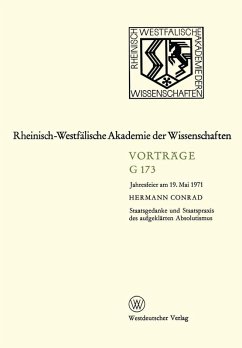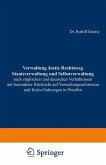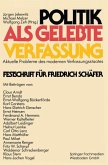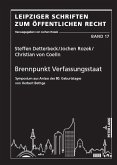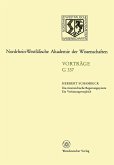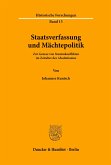In 1740, two monarchs acceeded to the throne: in Prussia it was King Frederic II, surnamed the Great (1740-1786) and in Austria the Empress Maria Theresia (1740-1780). This signified for both states the breakthrough of the state theory founded on rationalism and naturallaw which, in the final analysis, can be traced back in Germany to Samuel Baron von Pufen dorf (1632-1694). It superseded the older baroque concept of the state based on religious and patriarchal aspects. In Prussia, Frederic the Great identified hirns elf in his own works with this new concept of the state. Toward the end of the century it was evolved by the Privy Councillor and Tribunal Advisor (Geh. ]ustiz- und Ober tribunalsrat) Carl Gottlieb Suarez (1746-1798) in his lectures on Law and the State which he held for the information of the Prussian Crown Prince who later became King Friedrich Wilhelm III (1797-1840). Moreover, Suarez was the virtual author of the "Allgemeines Landrecht für die Preußischen Staaten" of 1794, in which the new concept of the state found its legal expreSSlOn.
Hinweis: Dieser Artikel kann nur an eine deutsche Lieferadresse ausgeliefert werden.
Hinweis: Dieser Artikel kann nur an eine deutsche Lieferadresse ausgeliefert werden.

